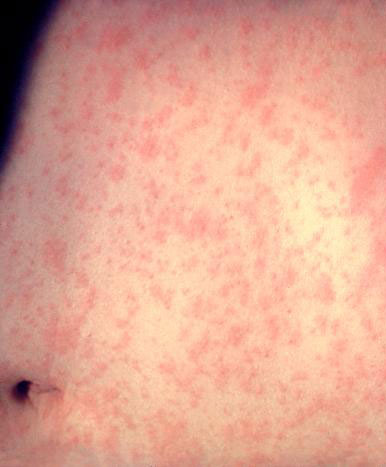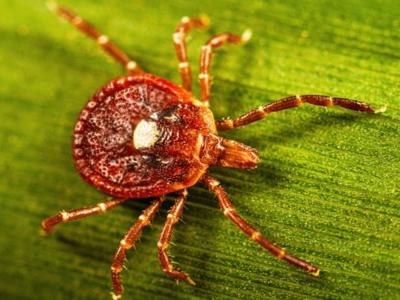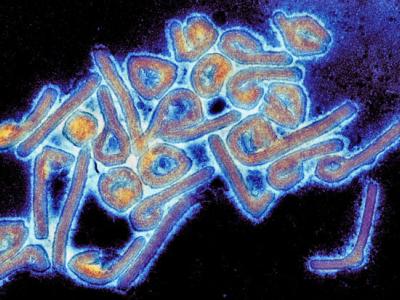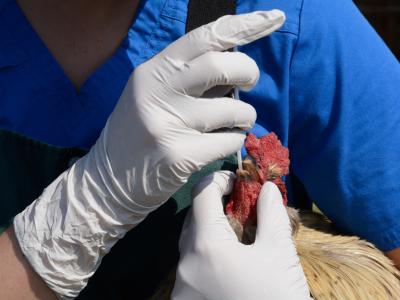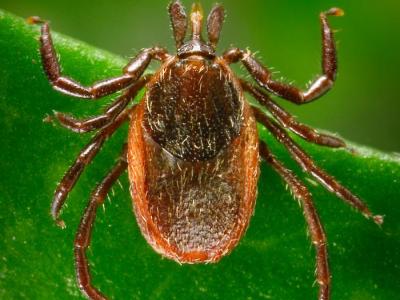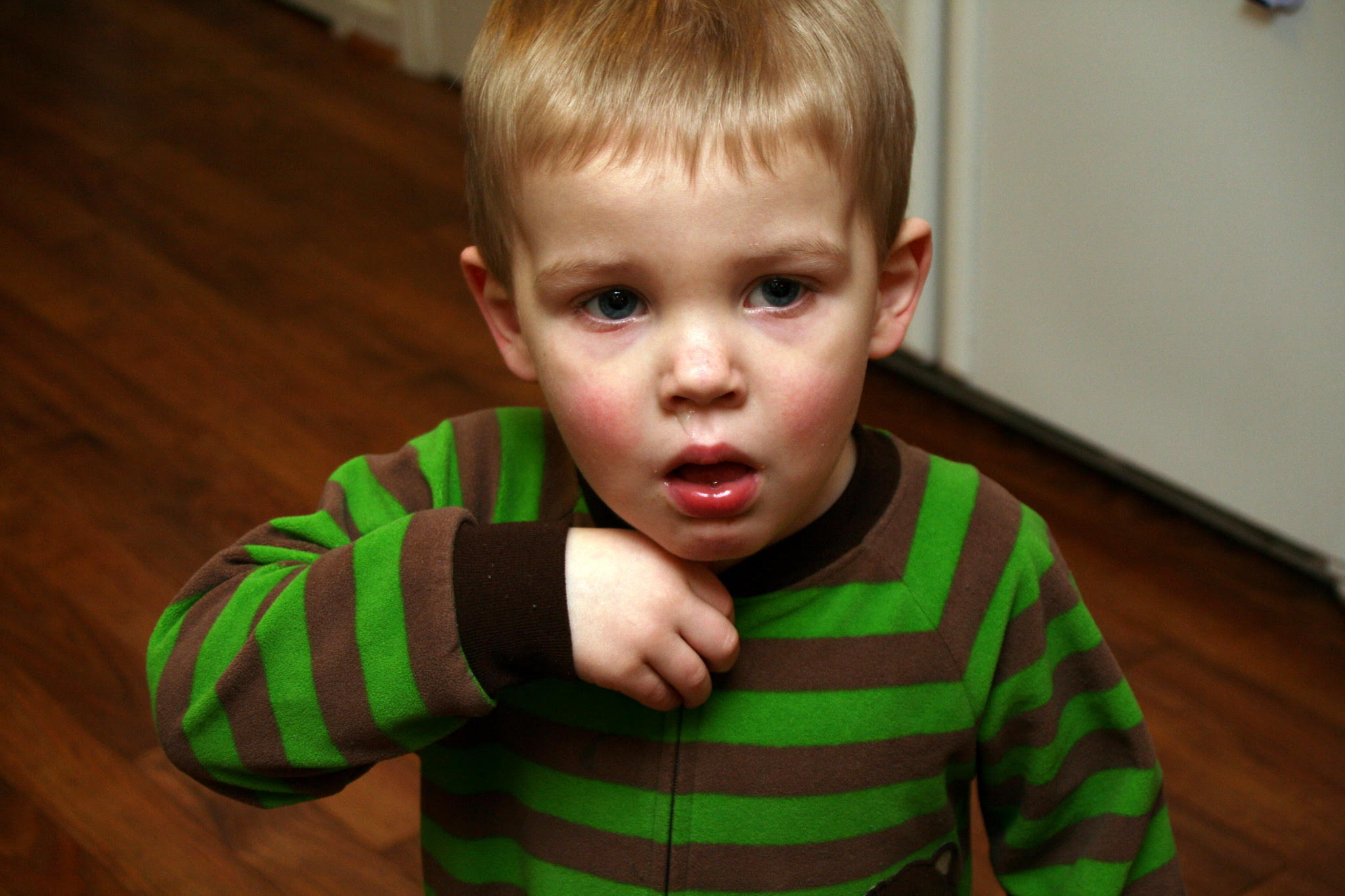
Researchers are calling for revision of the World Health Organization pertussis (whooping cough) case definition after finding that both it and a modified definition miss many lab-confirmed cases in preschoolers.
Investigators from the National Institute for Communicable Diseases (NICD) in South Africa examined national respiratory-illness sentinel surveillance data on children younger than 5 years from 2017 through 2023.
Data were from outpatients with influenza-like illness (ILI) and hospitalized patients with severe respiratory illness (SRI). Nasopharyngeal swabs were tested for Bordetella pertussis (the bacterium that causes pertussis) using polymerase chain reaction (PCR). Investigators then compared sensitivity, specificity, and case-definition performance indicators with the PCR results.
"Pertussis is vaccine-preventable, and surveillance can guide interventions," the researchers noted. "Assessing the performance of syndromic surveillance and the World Health Organization (WHO) pertussis case definitions can identify improvements to enhance detection and monitoring of Bordetella pertussis."
The findings were published yesterday in the Journal of Infectious Diseases.
Modified definition improved sensitivity, lowered specificity
Among 23,642 participants with PCR results, B pertussis was detected in 30 of 4,125 (0.7%; median age, 6.2 months) patients with ILI and 314 of 19,517 (1.6%); median age, 1.7 months) patients with SRI.
Revising the WHO pertussis case definition and integrating pertussis into syndromic surveillance could improve detection while leveraging existing resources.
Of 4,125 participants with ILI, 90.4% met the NICD ILI case definition, and 24.4% met the modified WHO definition. Among the 30 PCR-positive B pertussis cases in ILI, 63.3% met the NICD ILI definition, and 43.3% met the modified WHO definition, with 6.7% meeting both.
Compared with the WHO pertussis case definition, a modified definition including apnea (pauses in breathing) and omitting cough duration improved sensitivity (ILI, 30.0% vs 43.3%; SRI, 55.7% vs 60.2%) but lowered specificity (ILI, 90.5% vs 75.8%; SRI, 88.3% vs 80.9%).
Negative predictive values were over 99% for both definitions, but positive predictive values were less than 15%, reflecting low prevalence. Both the WHO and modified pertussis case definitions missed a large percentage of pertussis cases (ILI, 70.0% vs 56.7%; SRI, 44.3% vs 39.8%).
"Revising the WHO pertussis case definition and integrating pertussis into syndromic surveillance could improve detection while leveraging existing resources," the authors concluded.
